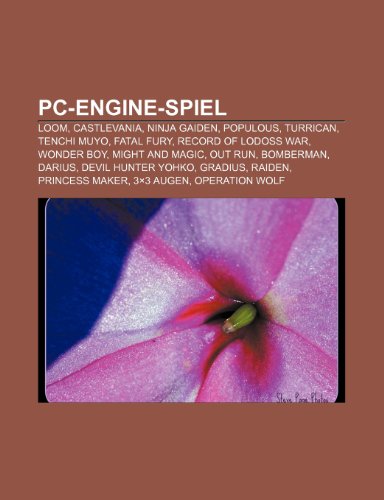

The ninja’s target is a mysterious death cult run by a descendant of Nostradamus who plans to bring about the end of the world – though exactly how he plans to do this isn’t made entirely clear. The cities of the US, in Ninja Gaiden‘s alternative history, are paved with madmen.

This is illustrated in a simple but atmospheric opening cutscene, in which our hero squats commandingly at the helm of a boat as the Golden Gate Bridge looms up in the background. It sees its high-kicking protagonist (named Ryu Hayabusa in the other games, but seemingly unnamed here) head from Japan to the mean streets of America. If anything, the arcade Ninja Gaiden looks and feels more like the endearingly trashy, straight-to-video martial arts and action films that were so popular in the late ’80s and early ’90s. Where the console game was a pixel-precise platform game, the coin-op is a thudding, button-mashing beat-em-up that offers the kind of challenge that can easily be overcome by simply throwing more money into the machine. Again, like the NES title, the arcade machine was also called Shadow Warriors in Europe.Īlthough it shares the same name and a similar central character clad in a blue-hued ninja outfit, the arcade Ninja Gaiden is entirely different from its NES counterpart. Like the NES game, Ninja Gaiden was originally called Ninja Ryukenden(which translates to Legend of the Dragon Sword) and changed to its slightly confusing alternative title for its North American release (“gaiden” means “side-story” – a word reportedly chosen because it sounded cool). But there, lurking at the back of the pack, less commonly remembered than the rest, is the arcade version of Ninja Gaiden, also released in 1988. If you’re familiar with the Ninja Gaidenseries at all, you’ll almost certainly remember one of these games – whether it’s the athletic wall-jumping of the 1988 NES title or the blood-and-guts frenzy of Tomonobu Itagaki’s 21st-century revival.


 0 kommentar(er)
0 kommentar(er)
